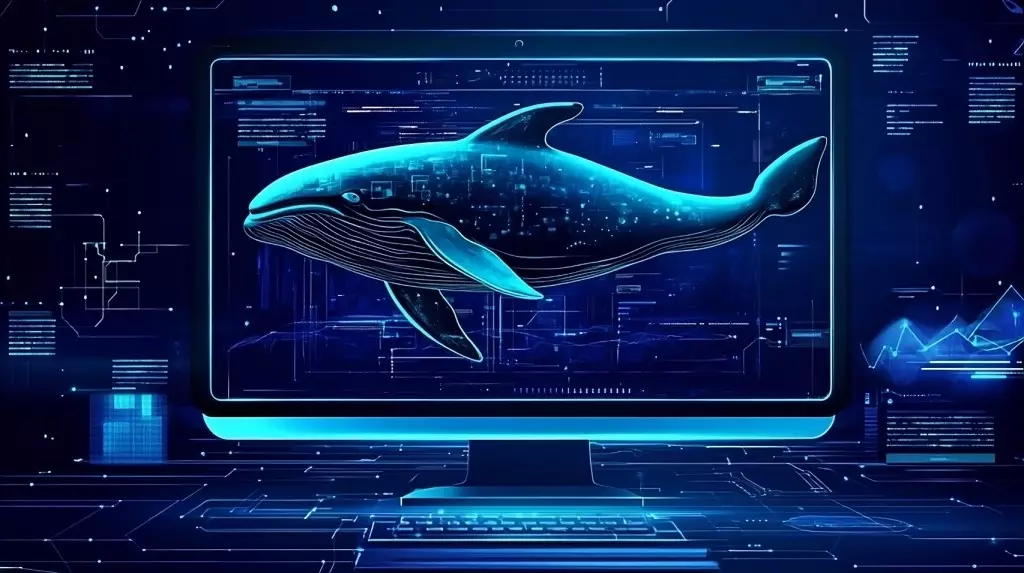The artificial intelligence landscape is undergoing a significant transition marked by innovative breakthroughs such as DeepSeek’s recent advancements. Unlike the conventional focus on simply increasing computational power, this new wave of AI innovation emphasizes a deeper understanding of how these systems can work synergistically with humanity and the environment. The discourse around AI, particularly at significant conferences like NeurIPS, indicates a common consensus: the future of AI lies in redefining its operational paradigms rather than solely amplifying its capabilities through brute force.
This seismic shift in perspective, often referred to as a “reasoning renaissance,” signals a departure from the traditional methodologies that have dominated AI development. The efficacy of systems like DeepSeek’s R1 and OpenAI’s o1, which achieve remarkable performance without relying on top-tier hardware, highlights this emergent trend. The implication is clear: AI is no longer merely about how much computational power is at one’s disposal; it’s increasingly about how intelligently these systems are structured and deployed.
The Efficiency Conundrum
During his keynote address at NeurIPS, Ilya Sutskever articulated a future where traditional pretraining methods might become obsolete, given the constraints posed by finite data available on the internet. This perspective, validated by the advancements made by DeepSeek, presents a dual narrative. It’s both optimistic and cautionary. On the one hand, the ability to create efficient models with reduced data consumption is heralded as a triumph. On the other, it raises concerns about what increased model training might mean for resource consumption at a larger scale.
DeepSeek’s approach illustrates this balancing act: their innovations demonstrate that efficiency doesn’t equate to a reduction in capabilities but rather repositions the narrative toward the intelligent development of AI systems. This paradigm can either compound our environmental challenges or lead to breakthroughs in resource utilization. The phenomenon known as Jevons Paradox – where improved efficiency can ironically lead to greater consumption – looms large, compelling us to reconsider our frameworks and methodologies.
World models, as exemplified by initiatives such as World Labs which recently secured $230 million for projects aiming to create AI systems with a human-like understanding of reality, are increasingly in the spotlight. These approaches align closely with DeepSeek’s work, showcasing an intuitive capacity for moments of cognitive reevaluation akin to human thought processes. Accepting that AI systems need to adapt and reconsider their methodologies not only redefines the interaction between humans and machines but also lays groundwork for future innovations.
Moreover, this evolution is notably seen in products like Meta’s updated Ray-Ban smart glasses, which facilitate seamless interactions with AI without the need for traditional commands. By eliminating the reliance on extensive pre-trained models, companies are showcasing how AI can enhance human experience in practical ways. This evolution represents an exciting glimpse into a future where AI capabilities mesh with human interaction in a more fluid and natural manner.
Despite the promising developments, the road ahead is fraught with complexity. Experts like UCLA’s Guy Van Den Broeck emphasize that the true cost of language model reasoning is not on a downward trajectory. The conversation must shift to account for the environmental footprints of these systems, weighing their computational needs against sustainable practices and methods.
In light of these discussions, the emphasis on developing AI architectures that are not only efficient but also strategically think through temporal complexities becomes critical. Systems like DeepSeek’s R1 exemplify this methodology, showcasing an ability to pause, reflect, and reconsider, much like human cognition. This capability could unlock new solving paradigms across diverse fields, from environmental solutions to advancements in healthcare.
Embracing a New Era in AI
For enterprise leaders, these insights offer a deep dive into the changing landscape of AI development and implementation. To remain competitive and socially responsible, they must prioritize architectural ingenuity. Exceptional strategies should include:
1. **Leveraging specialized AI agents:** Deploying smaller, tailored models rather than massive monolithic systems allows for increased flexibility and efficiency.
2. **Balancing performance with environmental responsibility:** A focus on optimizing processes to reduce energy consumption and promote sustainability must be at the forefront of AI deployment strategies.
3. **Fostering iterative development:** Incorporating human feedback into development cycles ensures that AI tools can adapt in real-time to user needs and societal values.
This pivotal moment in AI development beckons us to shift from simply scaling capabilities to innovating smarter, more sustainable solutions that align with human and environmental values. As we navigate this transformative landscape, it is essential to remain open to the creative possibilities that lie ahead for both startups and established enterprises alike. The convergence of intelligence and efficiency could well mark the dawn of a more nuanced AI era, where innovation thrives not just on growth, but on foresight and responsibility.


Leave a Reply